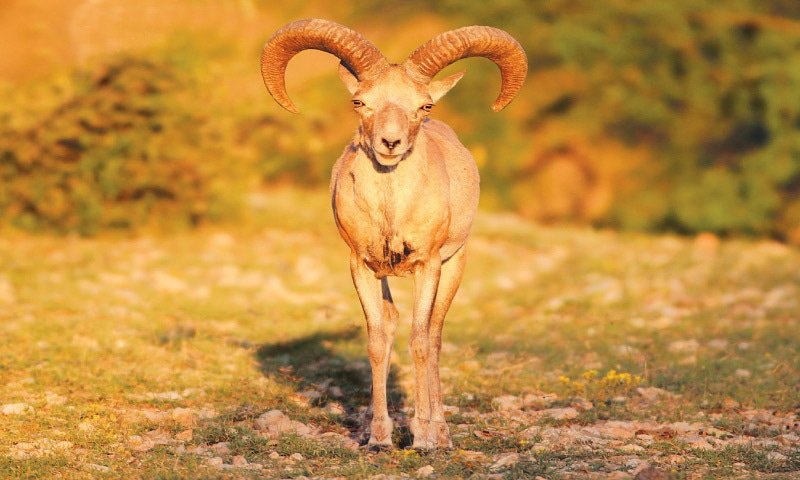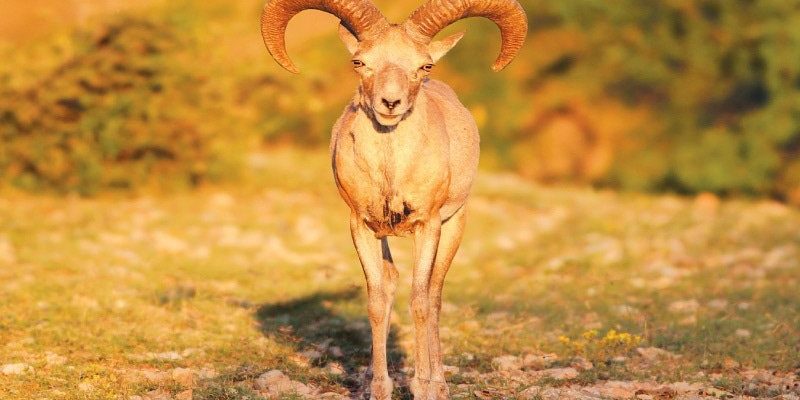
Imagine an intricate tapestry where each thread represents a different species, all interwoven to create a vibrant ecosystem. Urials are like those colorful threads, contributing to the overall design. Their presence helps shape their environment, supports biodiversity, and maintains ecological balance. Let’s dive deeper into the role the urial plays in its ecosystem and why it matters to the big picture of nature.
What is an Urial?
The urial, scientifically known as *Ovis vignei*, is a wild sheep native to the mountainous regions of Central and South Asia. With their impressive curved horns and reddish-brown coats, they’re not just visually striking, but they’re also a crucial part of their habitat. Think of urials as the agile climbers of the sheep world, thriving in steep, rocky terrain where few other animals can venture.
Urials are primarily found in countries like Pakistan, India, and Afghanistan, and they prefer open grasslands and hilly areas. They’re herbivores, munching on grasses, leaves, and shrubs that grow in these rugged regions. Their diet and grazing habits significantly impact the vegetation in areas where they live. So, when we look at their lifestyle, it’s clear: they’re not just surviving—they’re shaping their ecosystem.
Grazing and Vegetation Control
One of the urial’s primary contributions to its ecosystem is through grazing. Imagine a lawnmower cutting the grass; urials do something similar in their natural habitats. By feeding on various plants, they help maintain the balance of vegetation. This grazing limits overgrowth, allowing other plant species to thrive too.
Without urials and similar grazers, certain grasses might dominate the landscape, pushing out other plant types. This loss of biodiversity can have a ripple effect on the entire ecosystem. For instance, fewer plant species mean less food for other herbivores, and that can ultimately impact predators higher up the food chain. So, by simply munching on their greens, urials help keep the whole environment in check.
Supporting Biodiversity
Biodiversity is a buzzword you might hear often, but what does it really mean? Picture a vibrant garden filled with a variety of flowers, each attracting different types of insects, birds, and animals. That diversity creates a robust ecosystem. Urials contribute to this biodiversity in multiple ways.
First, by grazing, they help keep many plant species alive, creating habitats for various insects and small animals. These smaller creatures, in turn, attract birds and larger mammals, creating a richer environment. Additionally, urials are prey for larger predators, such as wolves and leopards. Their presence plays a significant role in the food web, helping to sustain predators that rely on them for food.
Soil Health and Nutrient Cycling
You might be wondering how urials can affect soil health. It’s fascinating when you think about it: as urials roam and graze, they’re also contributing to nutrient cycling in their environment. When they feed, they don’t just consume—they also leave behind waste. And here’s the thing: this waste serves as organic fertilizer, adding essential nutrients back into the soil.
Healthy soil is crucial for plant growth, and the nutrients from urial droppings help support a diverse range of vegetation. This cycle is vital not only for the plants growing in the area but also for the animals that depend on those plants for food. It’s a beautiful circle of life that highlights how interconnected everything truly is.
Urials and Climate Resilience
In an era of climate change, understanding how species like the urial contribute to climate resilience is essential. These animals are well-adapted to their harsh environments. They’re capable of surviving in dry conditions and can tolerate extreme temperatures. By maintaining healthy grazing habits, they help promote plant species that are more resilient to climate variations.
For instance, urials can help prevent soil erosion by keeping vegetation intact, which is crucial during heavy rains or winds. This resilience not only benefits urials but also creates a more stable environment for other species and plants. So, by playing their part, urials contribute to a healthier ecosystem that can withstand the challenges posed by climate change.
The Threats Urials Face
Despite their important role, urials face several threats that can impact their survival and, by extension, their ecosystems. Poaching for their beautiful horns and meat has decimated some populations. Additionally, habitat loss due to agriculture and urban development poses a significant challenge.
As their living spaces shrink, urials can struggle to find food and evade predators. This decline can create a chain reaction, reducing biodiversity and destabilizing the ecosystems in which they once thrived. Protecting their habitats is crucial not only for the urials but for the health of the ecosystems they help support.
Conservation Efforts
Fortunately, there are ongoing conservation efforts aimed at protecting urials and their habitats. Many organizations work to raise awareness about the importance of urials in their ecosystems. This includes promoting sustainable practices, enforcing anti-poaching laws, and restoring habitats.
Community involvement is vital, too. Educating local populations about the role of urials can encourage them to protect these animals rather than see them merely as resources. By fostering a connection between people and wildlife, we can create a collaborative effort to ensure that urials continue to thrive in their natural habitats.
The urial is more than just a wild sheep; it’s a crucial player in its ecosystem. From grazing and supporting biodiversity to enhancing soil health and contributing to climate resilience, urials play various interconnected roles. Protecting these animals and their habitats is not just about preserving a species; it’s about maintaining the delicate balance of our natural world.
In understanding the urial’s role, we can appreciate the intricate tapestry of life that exists where these animals roam. By investing in their conservation, we safeguard the future of the ecosystems they help support, ultimately benefiting us all. So, the next time you hear about the urial, remember the vital role it plays—not just in its environment but in the ecosystem as a whole.

